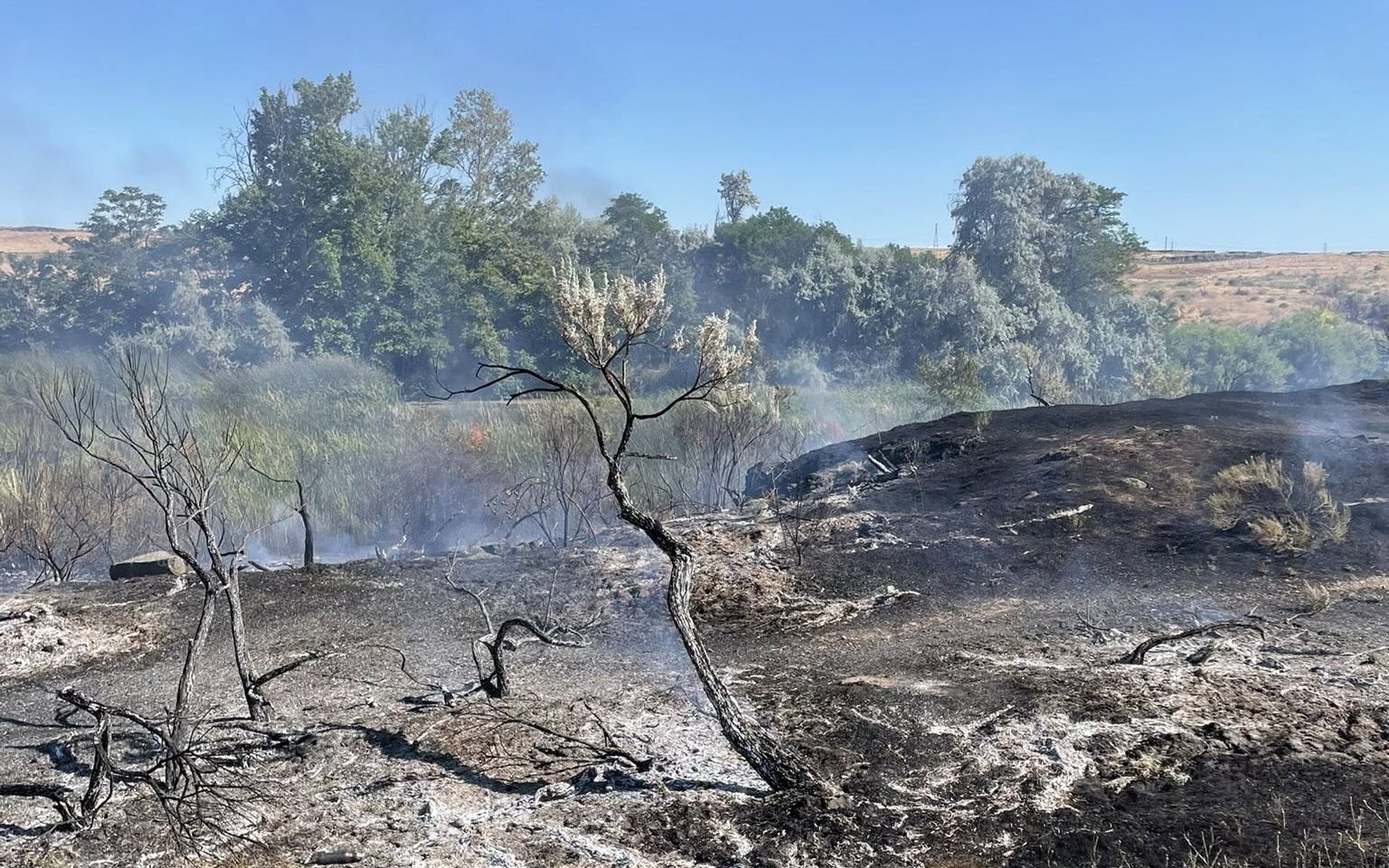Oregon seed crop dodges damage from rain
Published 5:30 pm Wednesday, July 10, 2019

- Grass seed is harvested in a Willamette Valley field. Under a bill passed Wednesday in the Oregon House, seed dealers would be required to pay farmers who grow a variety of specialty seeds market prices for purchased product by certain deadlines enforced by the Oregon Department of Agriculture. Grass seed growers were granted those protections in 2011.
SALEM — A short spell of unseasonable rain in early July isn’t expected to diminish yields for Oregon seed farmers during this summer’s harvest — unless it persists.
While growers can typically count on dry weather this time of year, steady showers on July 9 and overcast skies on July 10 probably won’t cause problems as long as the sun soon comes back, said Tom Chastain, seed crop physiology professor at Oregon State University.
“I don’t think we’re looking at a disaster, it’s just going to be a delay for people,” Chastain said.
Roughly a half-inch of rain fell July 9 on the central Willamette Valley, where much of the state’s grass seed is produced — the equivalent of the entire month’s average rainfall all in one day, he said.
The downpour was likely too gentle to knock seeds loose to the ground, thereby reducing yields, which can occur during violent storms, he said. “I’m not expecting a lot of shattering, at least for the crop that’s not cut yet.”
Sustained moisture can induce seeds in windrows to germinate, hurting quality, but forecasts call for a return to sunny weather that would dry out the crop before that occurs, Chastain said.
“I don’t think it got wet enough for long enough for us to have problems with sprout,” he said, noting that pest and fungus pressure can also result from prolonged moisture.
Different types of grass seed are harvested in stages in Oregon’s Willamette Valley, with annual ryegrass and forage-type tall fescue being cut into windrows, and then run through a combine to collect seed earlier than perennial ryegrass and turf-type tall fescue. Likewise, red and white clover are harvested after crimson varieties.
Crops that have already been windrowed face other issues from rain aside from seed shatter and germination: grass blades can grow into the windrows, interfering with the combine’s harvesting mechanism, Chastain said. That possibility can also be averted if sunshine soon dries out the windrows.
In recent memory, the area saw 0.63 inches of rain in July 2011 and 1.12 inches in July 2014 without causing serious disruptions to seed farmers, he said. “Things were OK those years, we didn’t have a lot of yield problems.”
However, the 3 inches of rain that fell in July 1983 did cause sprouting that cut yields because the seed was rendered unusable, Chastain said.
If weather forecasts are correct and conditions return to normal, the recent rain will probably just result in a more compressed harvest schedule for growers, he said. “They’ve got to pick up the backlog of fields they haven’t harvested plus the new ones coming online.”






